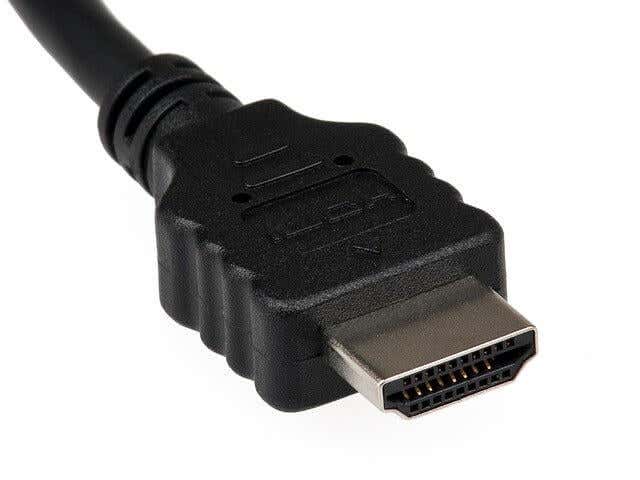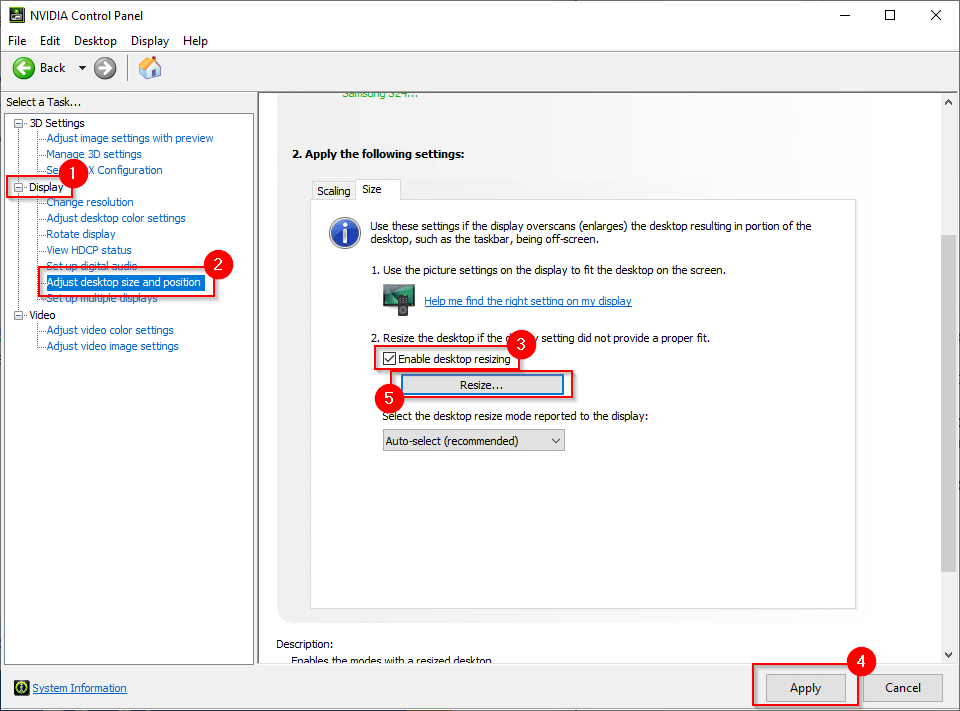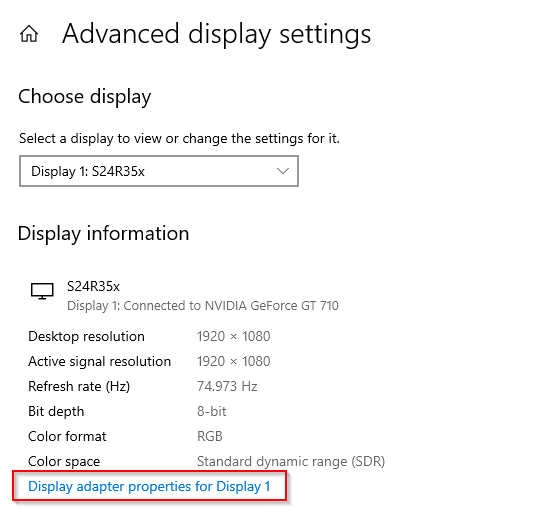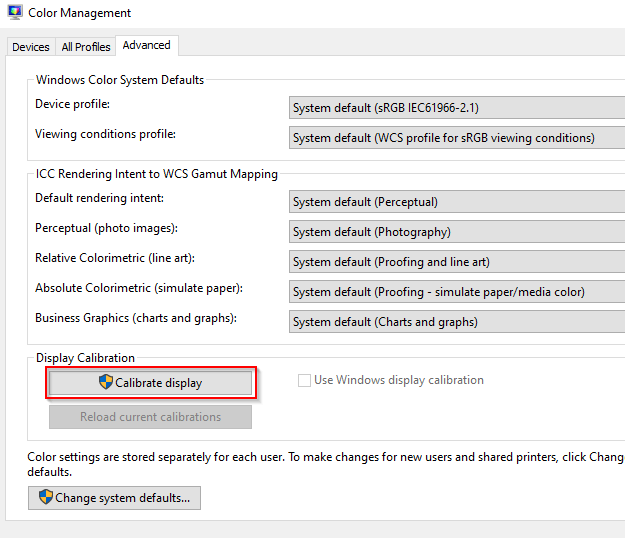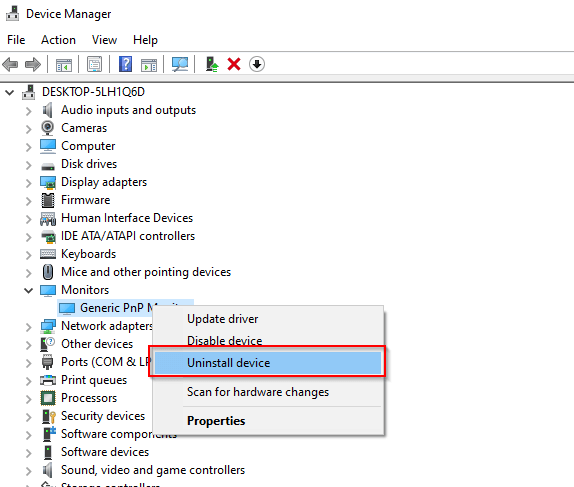In simpler words, an overscan (or over scaling) is when your screen looks like it’s zoomed in. The items that typically sit at the border of your screen, like the taskbar, either don’t appear at all or don’t appear entirely. If you have this problem, we will tell you how to fix overscan in Windows 10 quickly.
Reasons for Overscan in Windows 10
Typically, Windows will try to recognize the screen’s resolution you’ve connected to your system and adjust the display settings accordingly. Sometimes, though, the interaction between the connected display and Windows goes off-track, and causes Windows to display an incorrect resolution.
When this happens, you’ll notice overscanning (or underscanning) on your screen. However, sometimes it isn’t Windows’ fault because an outdated driver could also result in an overscanning issue.
The good thing is, there are a few quick fixes for overscanning.
Reconnect HDMI Cable
This is probably the simplest fix you can try. Simply unplugging the HDMI cable and plugging it back into the display often fixes over scanning.
This usually happens when you’ve loosely plugged the HDMI cable into the socket, which could have disrupted the connection between the PC and the display. You could also try using a different HDMI cable to see if that helps. If it doesn’t, try the next fix.
Change Screen Resolution
In most cases, changing the screen resolution should fix your overscanning issue. There are several ways to fix Windows 10 resolution issues, but we’ll focus on using the Windows Settings app here.
Before doing this, make sure you know what resolution is best for the screen you’ve connected to the system. If you don’t know the resolution, it’s usually on the box that your display came in or the manual.
- Press Ctrl + I to launch the Settings app.
- Go to System > Display.
- Expand the menu for Display resolution and select the appropriate resolution for your screen.
- Once you’ve applied the settings, you’ll immediately see the changes on your screen.
Use the NVIDIA Control Panel
If you use NVIDIA, it has a control panel that can help you resize your screen perfectly. Unlike the previous option, it gives you more flexibility regarding the resolution you want to use for the display connected to your system.
- Search for NVIDIA Control Panel in the Start Menu.
- Select the Best Match and expand the Display menu in the left pane. Select Adjust desktop size and position.
- Select Enable desktop resizing from the right pane and Apply the settings.
- Next, click on Resize.
- You’ll now see a slider that will let you adjust the portion of the screen that you want to keep visible. If your issue is overscanning, move the slider and use the visual cues of the green arrows until you’ve achieved the desired resolution for your screen.
If you don’t use NVIDIA, you’ll either have the Intel Graphics Control Panel or the AMD Radeon Software, both of which will allow you to adjust your screen resolution.
Adjust the Screen’s Display Settings
You could also adjust the resolution from the screen you’re using. Monitors and TVs from different manufacturers have different ways to do this, but you’ll typically find resolution settings in the Display or Picture settings.
If you can’t find the settings, give the manual a quick read, and the process will likely be illustrated in there somewhere. For smart TVs, you’ll be able to use the remote in most cases, but a monitor may require using the buttons at the back or bottom of the display to change settings.
Calibrate Your Monitor
Windows has a built-in calibration tool that could come in handy when fixing overscan in Windows 10. Of course, you could also use a third-party calibration tool, but since Windows already has a calibration tool built right in, it’s just easier.
- Press Win + I to launch the Settings app.
- Go to System > Display.
- Select Advanced display settings.
- On the next screen, find the relevant display in the Display information section and select Display adapter properties for Display X.
- Once the properties window opens, switch to the Color Management tab and select Color Management.
- In the Color Management window, select Calibrate display and follow the on-screen prompts to complete the calibration process.
Update Drivers
If none of the fixes worked for you, your drivers could be at fault. If your display drivers are outdated or corrupted, you’ll need to update or reinstall them.
In most cases, Windows automatically updates drivers. However, you can manually update your drivers or use a third-party program to update your drivers.
You could also reinstall the driver afresh.
- Press Ctrl + R, type devmgmt.msc, and press Enter.
- Look for your display in the list.
- Right-click on the device and select Uninstall device.
- When prompted, confirm the uninstallation. When the device is uninstalled, the device will disappear from the list.
- You can now either restart your PC to automatically reinstall the latest driver. Alternatively, you could select Action from the top ribbon and select Scan for hardware changes.
You Can Now Fix Overscan in Windows 10
It’s annoying when you’ve just got yourself a large screen to enjoy a better viewing experience, but your system just doesn’t want to play ball. Hopefully, one of these fixes helped you fix your overscanning issue. If you’re all set, you could also try to further improve your Windows 10 display quality.
Related Posts
- Preparing for Windows 10 End of Support: Upgrading to Windows 11
- How to Fix a “This file does not have an app associated with it” Error on Windows
- How to Fix an Update Error 0x800705b4 on Windows
- How to Resolve “A JavaScript error occured in the main process” Error on Windows
- How to Fix the Network Discovery Is Turned Off Error on Windows

